As many of us were kicking back enjoying some well-earned time off around a campsite last January, at least three fellow travellers were doing it tough in the Aussie outback. One couple got bogged in sand. Without enough water on board, they left their vehicle and then spent days lost in remote South Australia without food or water. Over the same period, a man got lost in Queensland. His car was bogged too. Having turned down the wrong track, he kept driving. Eighteen days later, he was found by a farmer.
All three individuals are incredibly lucky. They were found by third parties by sheer chance, and were all lost in remote areas where passing traffic and would-be saviours are as scarce as feathers on a fish.
The sad thing is, incidents like this occur all the time. And some don’t have such happy endings.
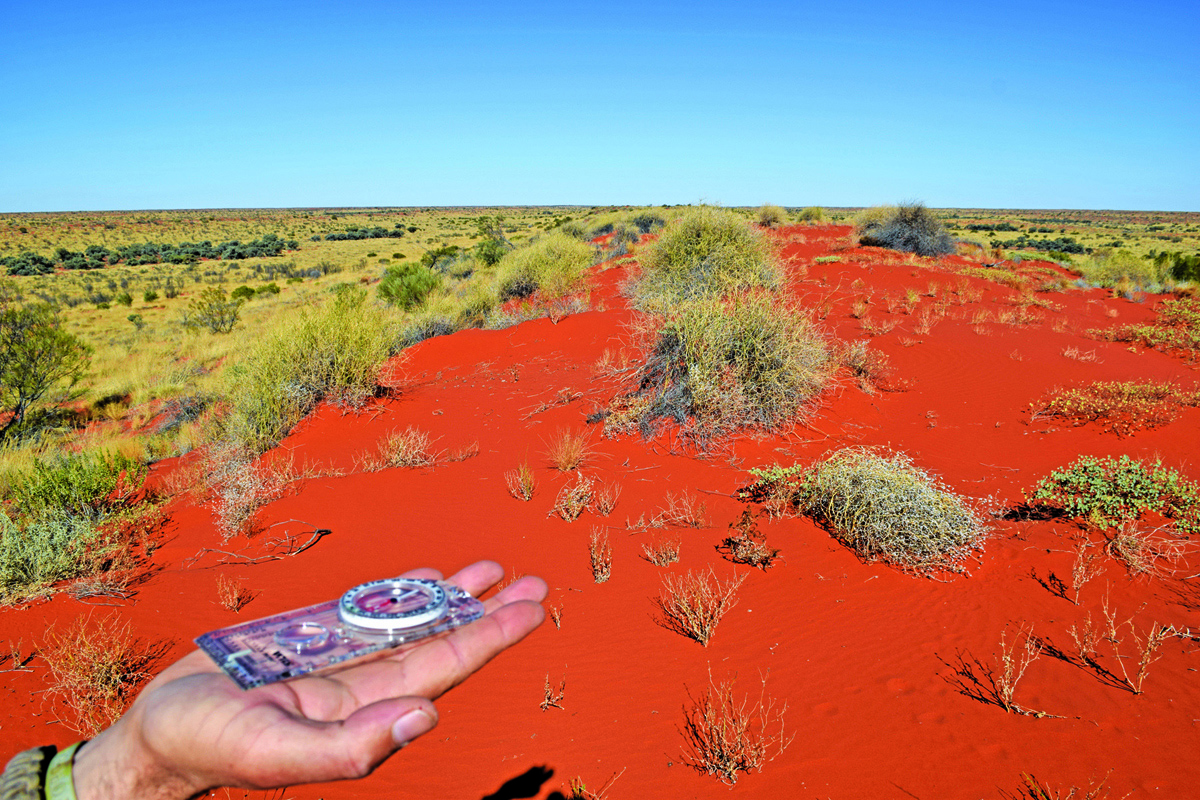


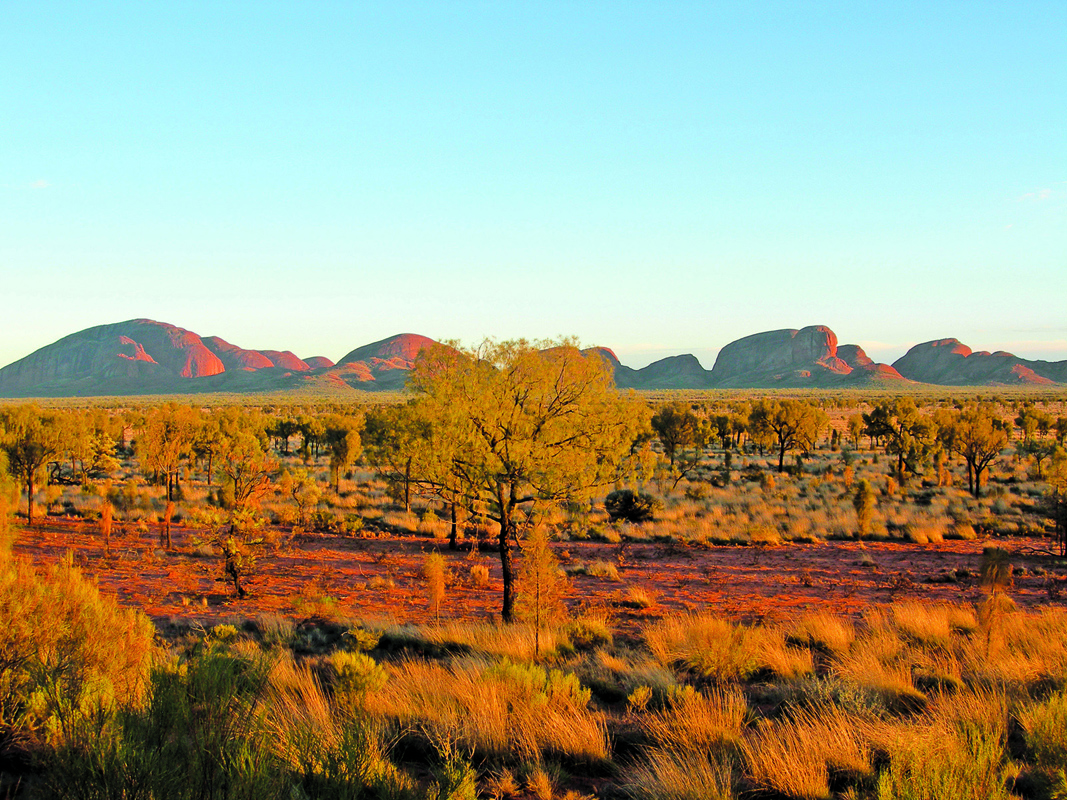
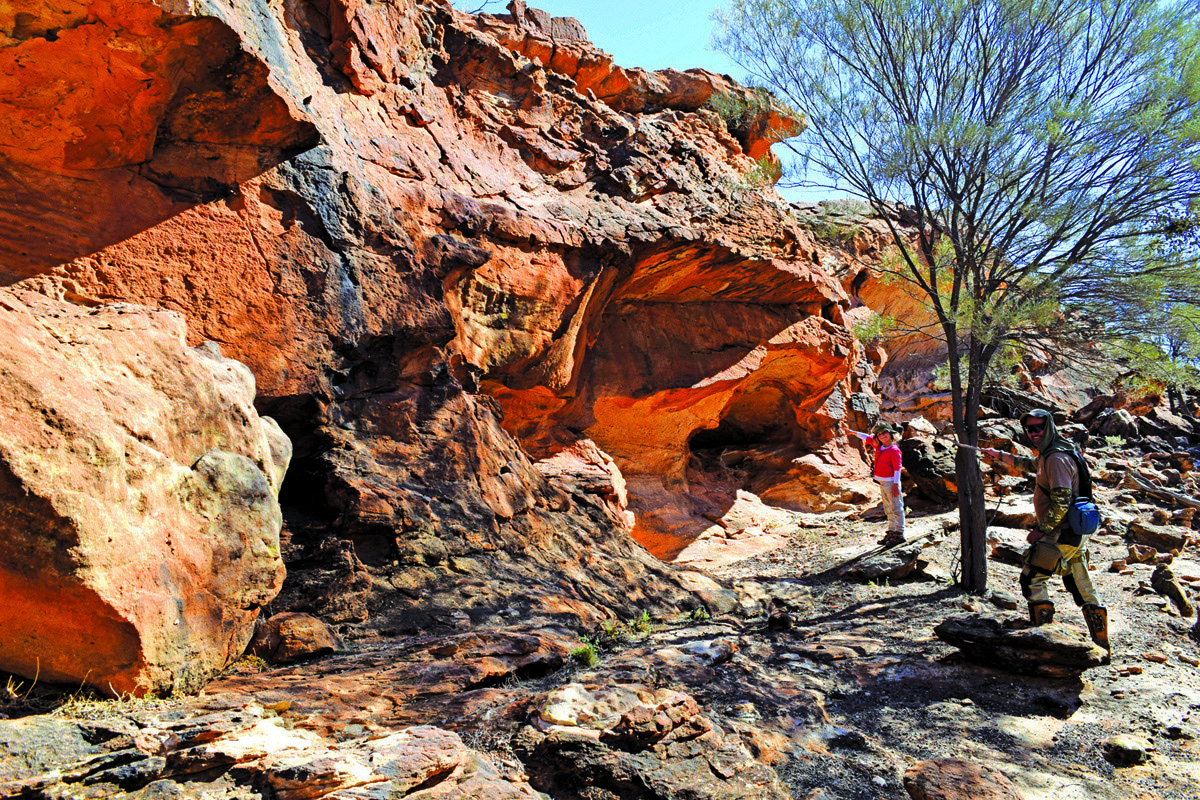
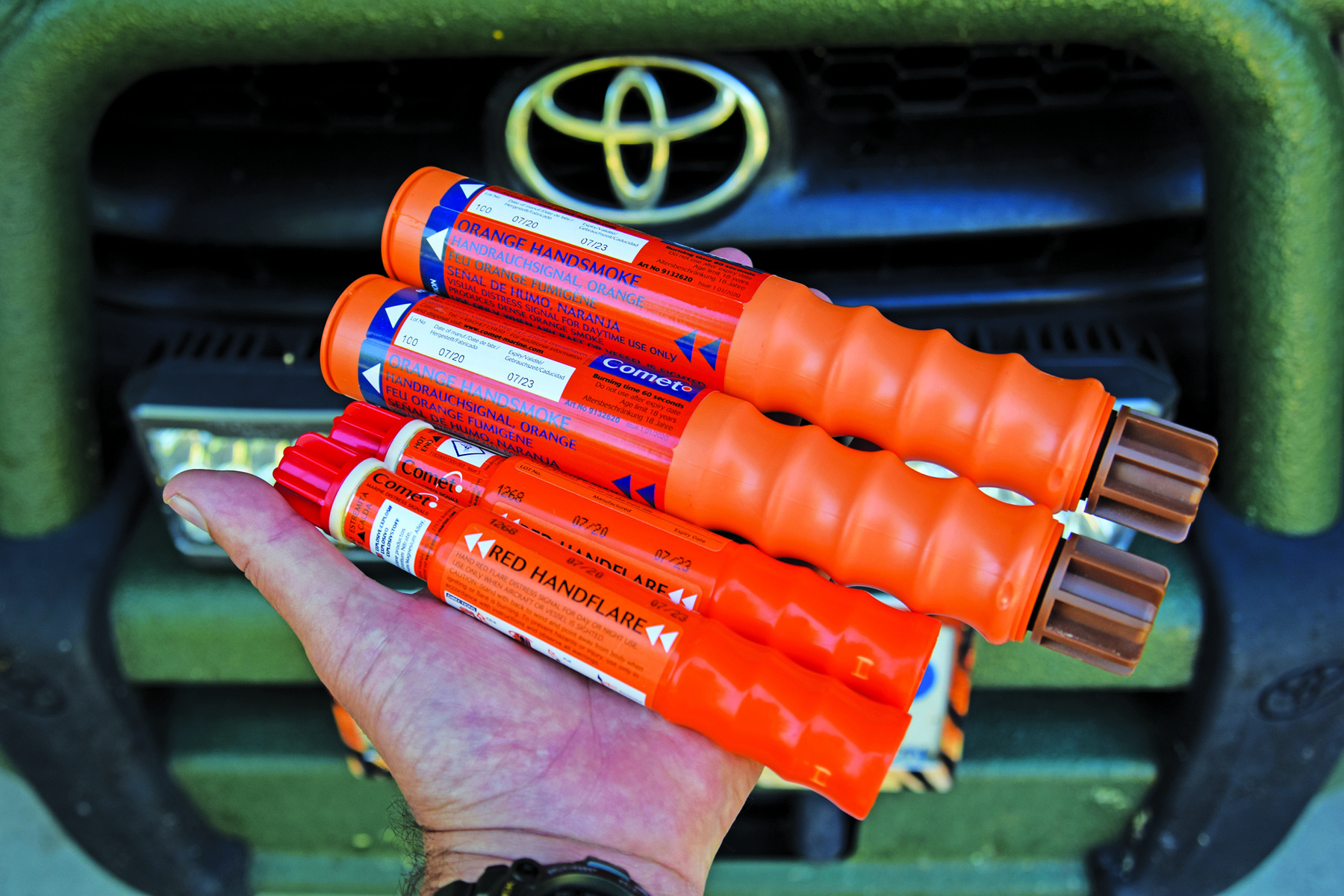
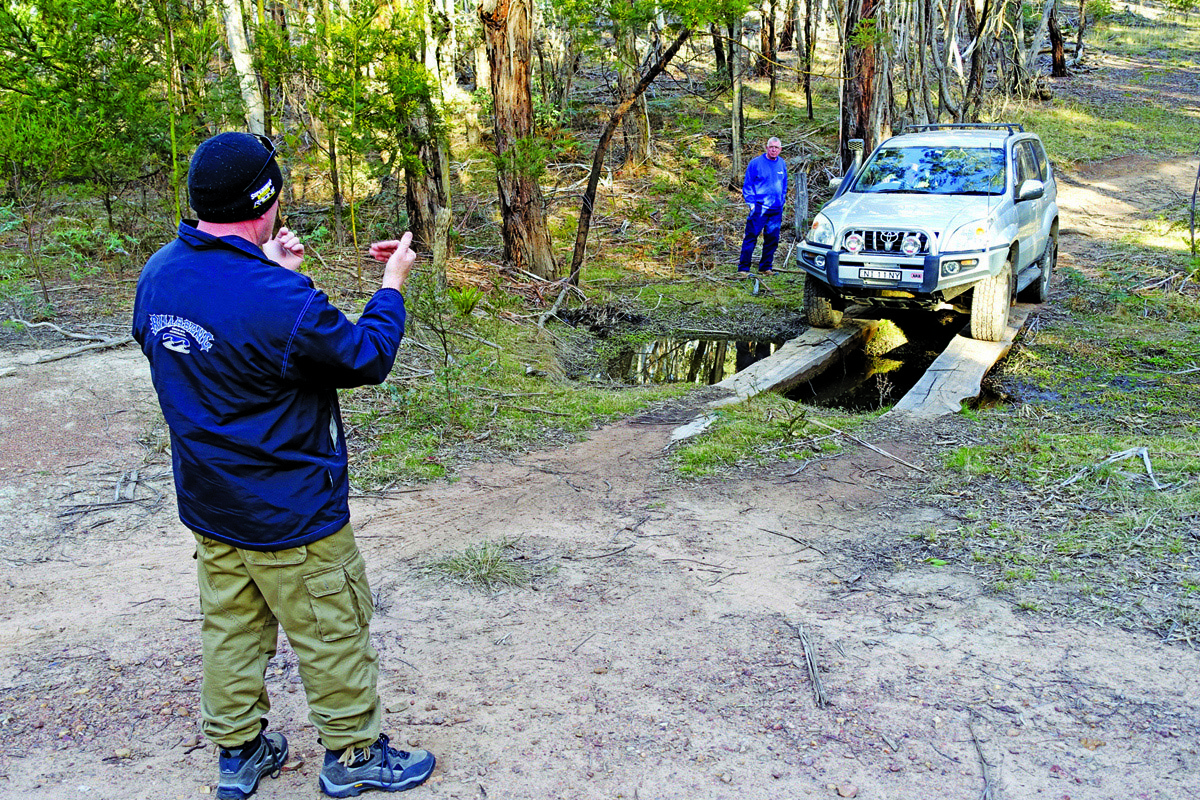
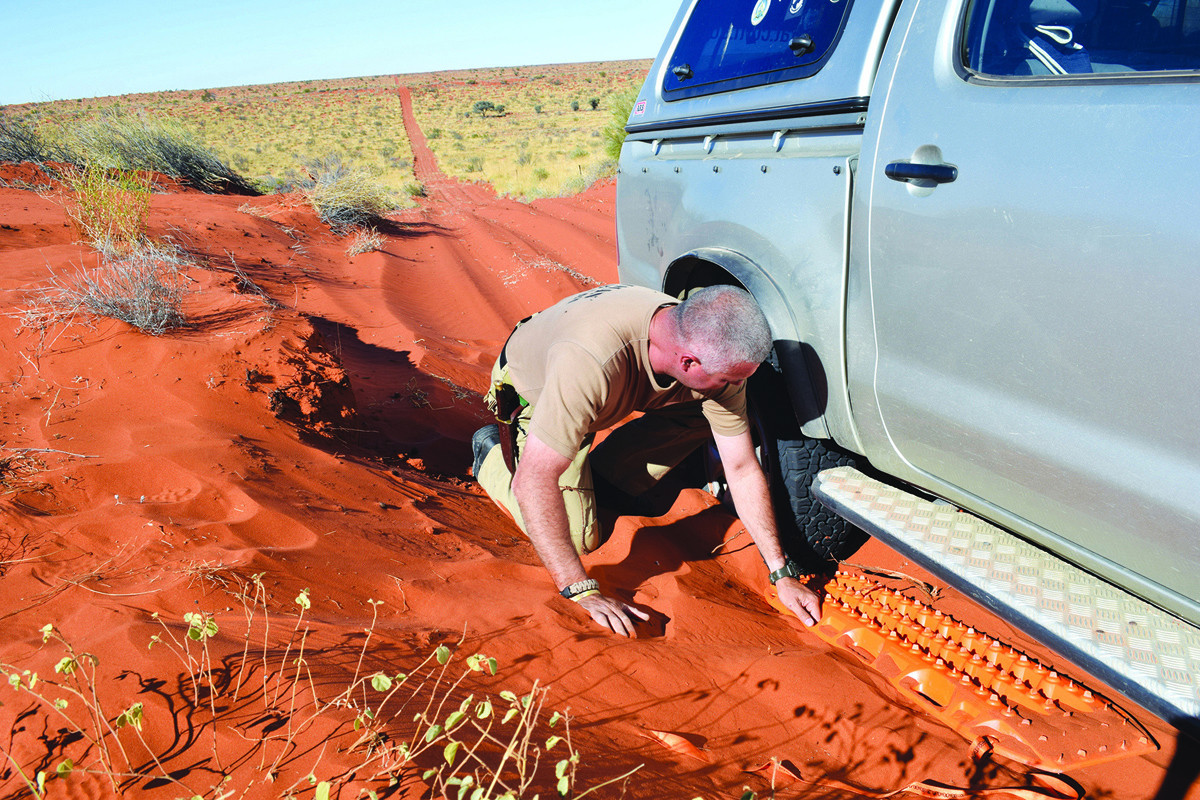
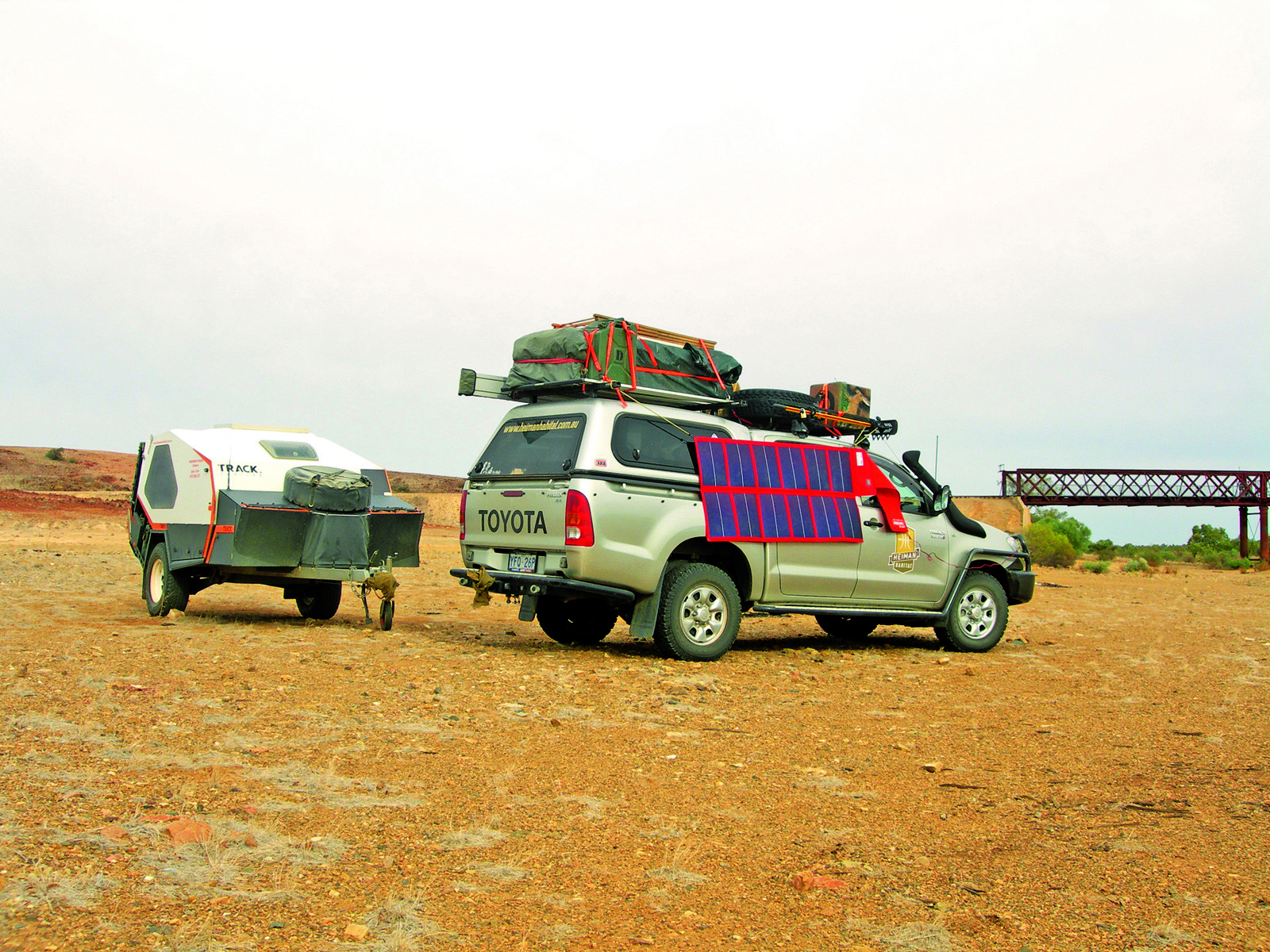
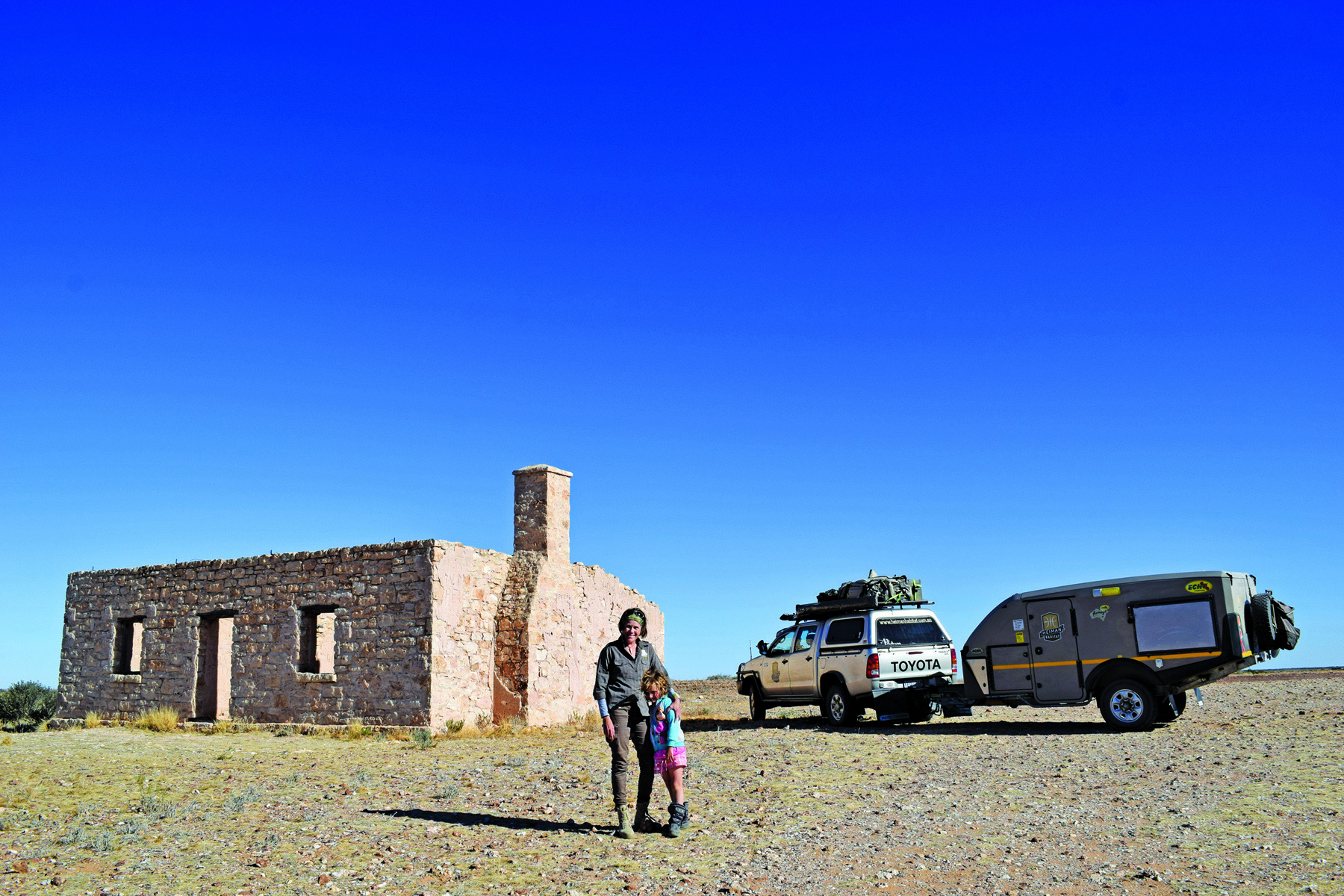
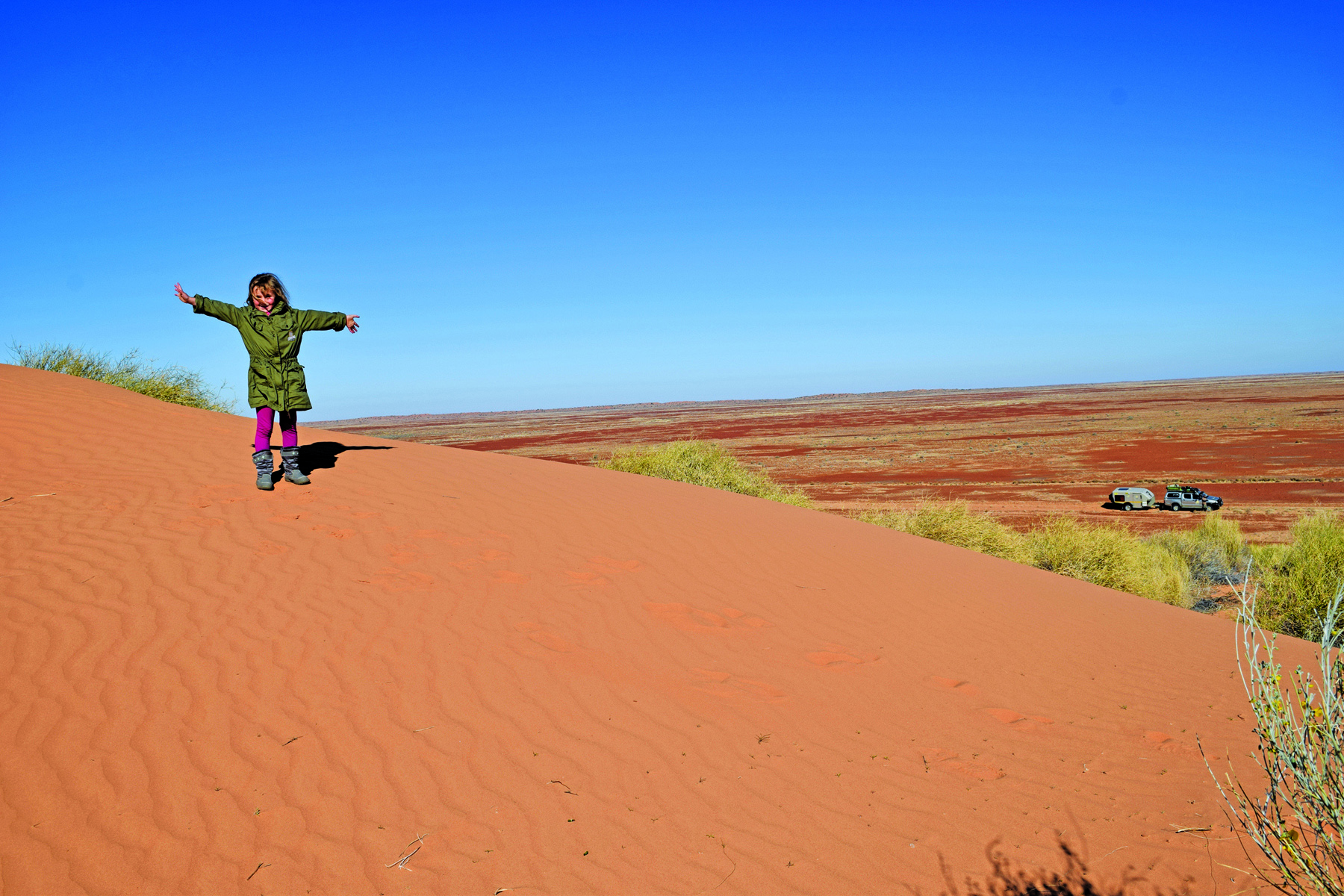

HOME ADVANTAGE
When it comes to the risk of misadventure when touring — and your chances of survival when the ‘shit hits the fan’ — the odds are set well before you leave the driveway. Just like the old Scout’s adage, you need to ‘Be Prepared’.
Preparation can start months before your departure. If you’re planning to leave the blacktop, this should include upskilling to ensure you have the driving skills necessary to see you through a range of track conditions — and we’re not talking here about the skills that first got you your driver's licence. Outback travel requires a far greater range of driving skills than those you use every day to get you safely to work and home again, so instead, we’re talking about 4WD training and other specific training to help you master the art of towing.
Beyond driving skills, there is a range of other skills that will help you keep safe in the Great Outdoors. Consider, for example, First Aid Training and Survival Training. Or how about incorporating a course on the local bush tucker into your itinerary?
Preparation is all about creating a mindset of ‘what if’, then planning and preparing to respond. It’s about carrying the right gear and even knowing what the right gear is. With a ‘what if’ mindset, and proper equipment, you’ll be more attuned to potential trouble which will help you to predict it, spot it, and remediate it, before tragedy strikes.
FIRST STEPS
If you do find yourself lost or bogged in the desert, you need to suppress your instincts to panic. Instead, initiate your survival plan. First, remove your travel party from any possible danger and seek or create shade. Protection from the environment should be high on your list of priorities.
Attempt to use all forms of communication to get help. Try your mobile phone but remember that mobile coverage is available to 90 per cent of the population — not 90 per cent of the country. Activate your Personal Locating Beacon (PLB), then place out any passive rescue signals you might have — that is, items that bring attention to you and your vehicle. This might include placing your sun visor up on the windscreen to reflect the sun which will attract the attention of a search and rescue aircraft. Build or dig an ‘SOS’ or ‘V’ signal and signal fires. You should also gather your active rescue items like signal flares, CB radios, signal mirrors, etc., and have them close by.
Keep your activities to dawn and dusk periods, and during the night, to help you to conserve water and energy. You should not be moving between 9am and 6pm.
Because you know not to leave your vehicle in a situation like this, hopefully, you’ll still have access to your tow tug and camper, including their onboard reserves of water. If not, you’re going to have to procure some H2O — soon.
MOTHER NATURE
In the desert (and other areas where temperatures rise above 30 degrees) most of your body’s water loss occurs via sweating. So, once you’ve sorted out your protection and rescue efforts, your next priority needs to be water.
Mother Nature giveth and she taketh away, so take a good look around you and observe her cues. Look for green foliage. Vegetation needs water as much as you do. You may have to dig for it, but it’s there — in the outer bends of dry creek beds and the like. Kangaroos will camp in the shade where the water table is closest to the ground.
Game trails lead both to and away from water, so it’s important to know what you’re looking at. Remember that the tracks will converge the closer they get to the water, meaning that the ‘V’ intersection of game trails will point in the general direction of water.
In the desert, grain-eating birds (think cockatoos, budgies, finches and the like), will fly directly to a water source at dawn, and before dusk. Fast, low flying birds at dawn and dusk are often flying to water sources, meanwhile, birds that are slow-flying at dawn and dusk, moving from branch to branch in small bounds, are generally flying back from water sources.
If you’re seeing bees busying themselves, you’re likely not too far from water. Experiments in the desert have shown that bees won’t fly further than about 2km to find water sources. This may be a spring or even water trapped in the hollows of a tree or rock crevice.
Look also for low lying ground, old bores, wells, and for rocky outcrops. Arid places like Uluru, the Flinders, and Mutawintji are known for their rocky outcrops in the middle of the desert. They (and others) retain waterholes within their canyons and crevices from rain caught during storms. Used as a water source for thousands of years before white settlement, keep an eye open for Indigenous engravings and paintings. If you see them, it’s a sure sign water is nearby.
Creating a solar still is another good way of collecting water. Throw green leaves and the contents of your windscreen wiper reservoir in there (don’t drink it, it’s got detergent in it), and don’t waste your urine — you can pour it in there too.
H2WHOA
The feeling of thirst is your body's way of saying you're already dehydrated, and you don’t need to be lost or bogged to be dehydrated in Australia’s Arid and Desert zones.
When you sweat, you lose precious water, sometimes lots of it. Sweat rate is proportional to metabolic rate and can amount to 3–4 litres per hour, or as much as 10 litres per day (depending on your activity, heat, and humidity). If you’re not acclimatised to heat, your sweat rate can increase by 10–20 per cent, which is a whopping 200–300ml per hour. As little as 2 per cent dehydration (that is, 1.4kg loss in a 70kg person) may lead to a noticeable decrease in performance.
All of this means you need to replace your sweat by drinking water and replacing some of the minerals and trace elements (like salt and protein) that are excreted in sweat.
That’s not an invitation to scavenge a box of chips from the camper pantry or hit the freezer for a steak. While 20 per cent of your water intake can come from your food, don’t eat anything unless you have water to drink because your body needs water to aid digestion. If you eat without drinking, you’ll simply dehydrate further. The same applies to talking, smoking, and consuming alcohol.
STAY ALIVE AND DO THE 5
In every environment, there are essential things to do to increase your survival rating. In the desert these are:
- Drink to stay hydrated. Ration your sweat, not your water.
- Do all your essential work at night.
- Stay fully clothed too. This will cool you down like an old hessian meat sack. It will also help reduce the loss of water.
- Rest 30cm above the ground (not on it) or dig down 75cm to rest in cooler soil in the shade.
- DO NOT travel unless absolutely certain of finding water. Staying where you are increases the chances of you being found sooner, especially if you stay with a vehicle.
FAST FACTS
Regardless of where you’re going on your travels, it’s handy to reflect on a few facts of life:
- Up to 60 per cent of the human adult body is water.
- The average adult man needs 2.6 litres of water a day.
- The average adult woman needs 2.1 litres of water a day.
- Those 65 years old and over lose about two litres a day.
- The body can get about 20 per cent of its total water requirements from food alone.
- Water loss increases in hot weather (the desert) and, with prolonged activity, especially without acclimatisation.
- Babies, children, and the elderly are at the highest risk of dehydration.
TRAVEL PLANNER
Before you even leave your driveway:
- Have you made a ‘fridge-gram?’ This is a listing of your itinerary, route, CB channel, satellite phone number, and other important details. Leave one on the fridge at home. It will assist authorities if you go missing and people start trying to work out where you are.
- Have you arranged designated times for a ‘proof of life’ phone call with a friend and left them a copy of your fridge-gram too?
- Do you have PLB?
- Do you have reserve fuel and water to get you there and back?
- Have you completed a map recon for fuel and water resupply?
- Have you serviced both your tow tug and camper?
- Have you checked all your communications gear and have spare batteries?
- Do you have a first aid kit?
- Do you have a survival kit?
- Do you have a Bug-Out-Bag?




